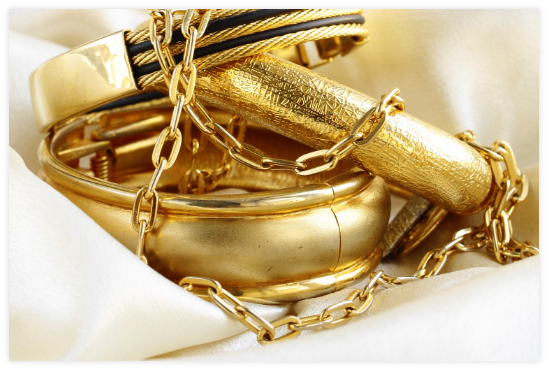
Pins and needles (also known as paresthesia) during menopause can be an unsettling symptom, but it is relatively common and usually linked to hormonal changes. Here’s an explanation of the causes and what can be done about it:
Causes of Pins & Needles During Menopause:
-
Hormonal Imbalance (Estrogen Decline):
-
- Estrogen plays a crucial role in maintaining healthy nerve function. As estrogen levels decline during menopause, nerve endings can become more sensitive, leading to sensations like tingling, burning, or numbness. This is what causes the pins and needles sensation in various parts of the body, especially the extremities (hands, feet, arms, or legs).
-
Poor Circulation:
-
- Decreased estrogen can also impact blood circulation, causing the extremities to receive less blood flow, contributing to the tingling sensation.
-
Anxiety and Stress:
-
- Menopause often brings increased anxiety or stress, which can cause hyperventilation or muscle tension, leading to sensations of pins and needles. Stress can also worsen nerve sensitivity.
-
Vitamin Deficiency:
-
- Menopause can sometimes be associated with vitamin deficiencies, particularly B vitamins (such as B12), which are essential for nerve health. A deficiency in these vitamins can lead to symptoms like tingling or numbness.
-
Peripheral Neuropathy:
-
- In some cases, menopause may coincide with the development of peripheral neuropathy, a condition affecting nerves outside the brain and spinal cord. Though not directly caused by menopause, hormonal changes can exacerbate underlying nerve conditions.
What Can Be Done:
-
Hormone Replacement Therapy (HRT):
-
- HRT can help alleviate many menopause-related symptoms, including pins and needles, by stabilizing estrogen levels. However, it’s important to consult with a healthcare provider to determine whether HRT is suitable for you.
-
Vitamin Supplements:
-
- Consider increasing your intake of B vitamins, especially B12, as well as magnesium and calcium, which are important for nerve health. You can get these through a balanced diet or supplements if needed.
-
Manage Stress:
-
- Since anxiety and stress can worsen tingling sensations, adopting stress-reduction techniques like deep breathing, meditation, or yoga can help. These practices calm the nervous system and can reduce symptoms.
-
Exercise:
-
- Regular physical activity improves circulation and keeps your nerves and muscles healthy. Even light exercise like walking or swimming can improve blood flow to the extremities and reduce tingling sensations.
-
Massage and Acupuncture:
-
- Massage therapy or acupuncture may help relieve the pins and needles sensation by improving circulation and stimulating nerve function.
-
Stay Hydrated:
-
- Dehydration can worsen nerve sensitivity, so make sure to drink plenty of water throughout the day to keep your body and nerves functioning well.
-
Check for Underlying Conditions:
-
- If the pins and needles sensation is persistent, severe, or accompanied by other troubling symptoms, it’s important to consult a healthcare provider. They may recommend testing for conditions like diabetes, thyroid issues, or other neurological disorders that could be contributing to the symptoms.
Summary:
The pins and needles sensation during menopause is often due to a combination of hormonal changes, stress, and possibly nutrient deficiencies. Addressing hormonal imbalances, maintaining a healthy lifestyle, and managing stress are key ways to alleviate this discomfort. If symptoms persist, it’s important to seek medical advice for further evaluation.


Liberty Health
Address: Solo House, London Rd, Horsham RH12 1AT, United Kingdom
Email: admin@libertyhealthclinics.com
Website: www.libertyhealthclinics.com
Follow us:
https://www.instagram.com/liberty_health_clinics/
https://www.facebook.com/menopauseclinics
https://www.linkedin.com/company/69755567/admin/feed/posts/
Google Map: https://maps.app.goo.gl/eNWzGKMhCm3Dt5vE7


